
1.Adsorption Fouling
The adsorption of organic matter on the membrane surface is usually the main factor affecting membrane performance. Over time, the adsorption or accumulation of pollutants within the membrane pores leads to a decrease in pore diameter and an increase in membrane resistance. This type of fouling is difficult to restore. Main pollutants: dissolved substances, emulsions, etc.
2.Precipitation Fouling (Scaling)
The concentration of hydroxides, carbonates, sulfates, etc. in the feed water exceeds their solubility, leading to the formation of precipitate or scale on the membrane. Main pollutants:
Organic matter:fats, proteins, humic acids, colloids, gels, polyhydroxy aromatic compounds, etc.
Inorganic matter:calcium salts, phosphates, iron salts, magnesium salts, etc.
3.Biological Fouling (Biofouling)
The accumulation of microorganisms at the membrane-water interface, which affects system performance. Membrane biofouling occurs in two stages: adhesion and growth. When no biocide is added or the dosage is insufficient in the solution, adhered cells use nutrients from the incoming water to grow and multiply, forming a biofilm (bacteria, algae, etc.).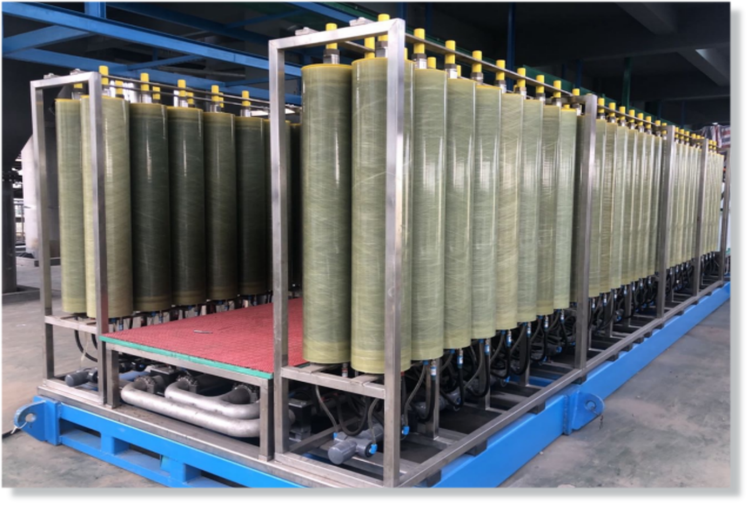
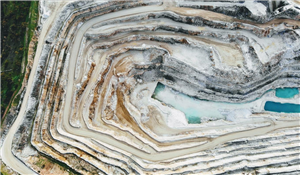
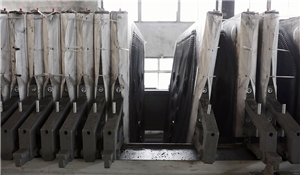

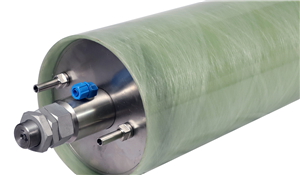



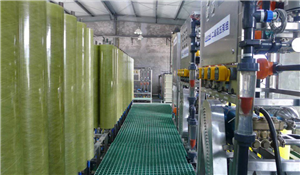
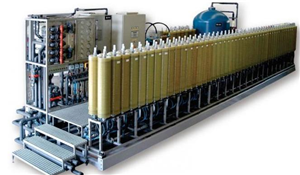
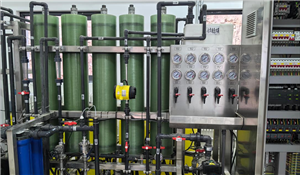


Henan Yuanhede Industrial Technology Co., Ltd.
East Industrial Park, Yuzhou City, Henan Province, China.
(+86)139 3822 7726
info@yhdegroup.com
www.yhdegroup.com